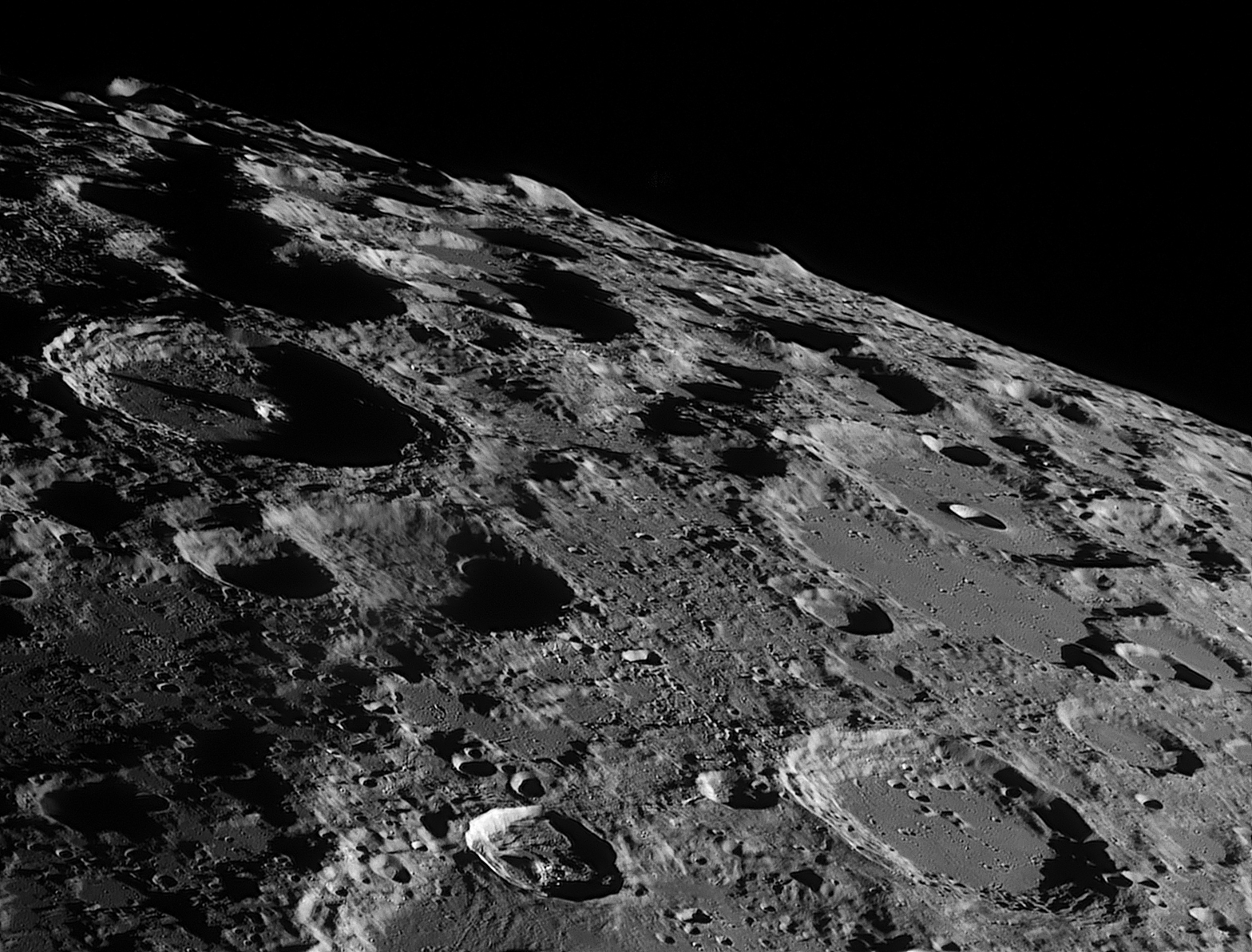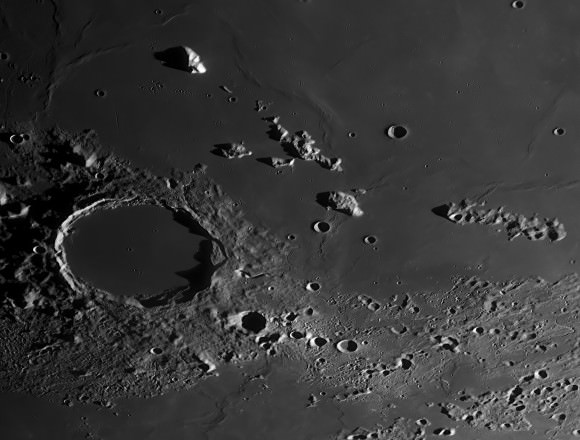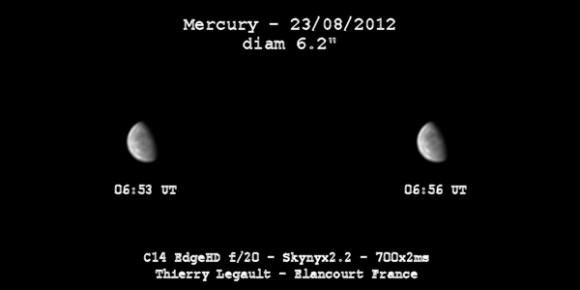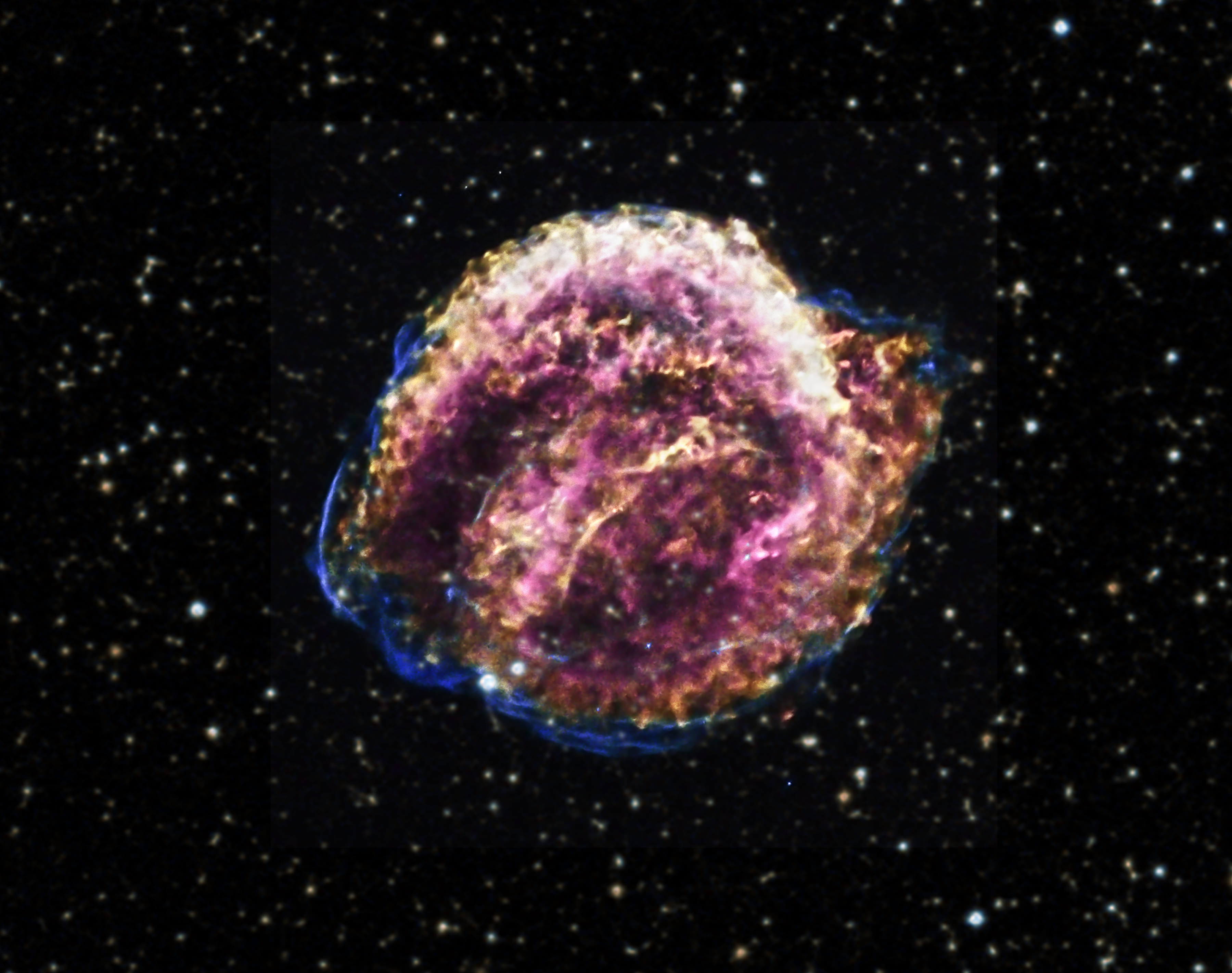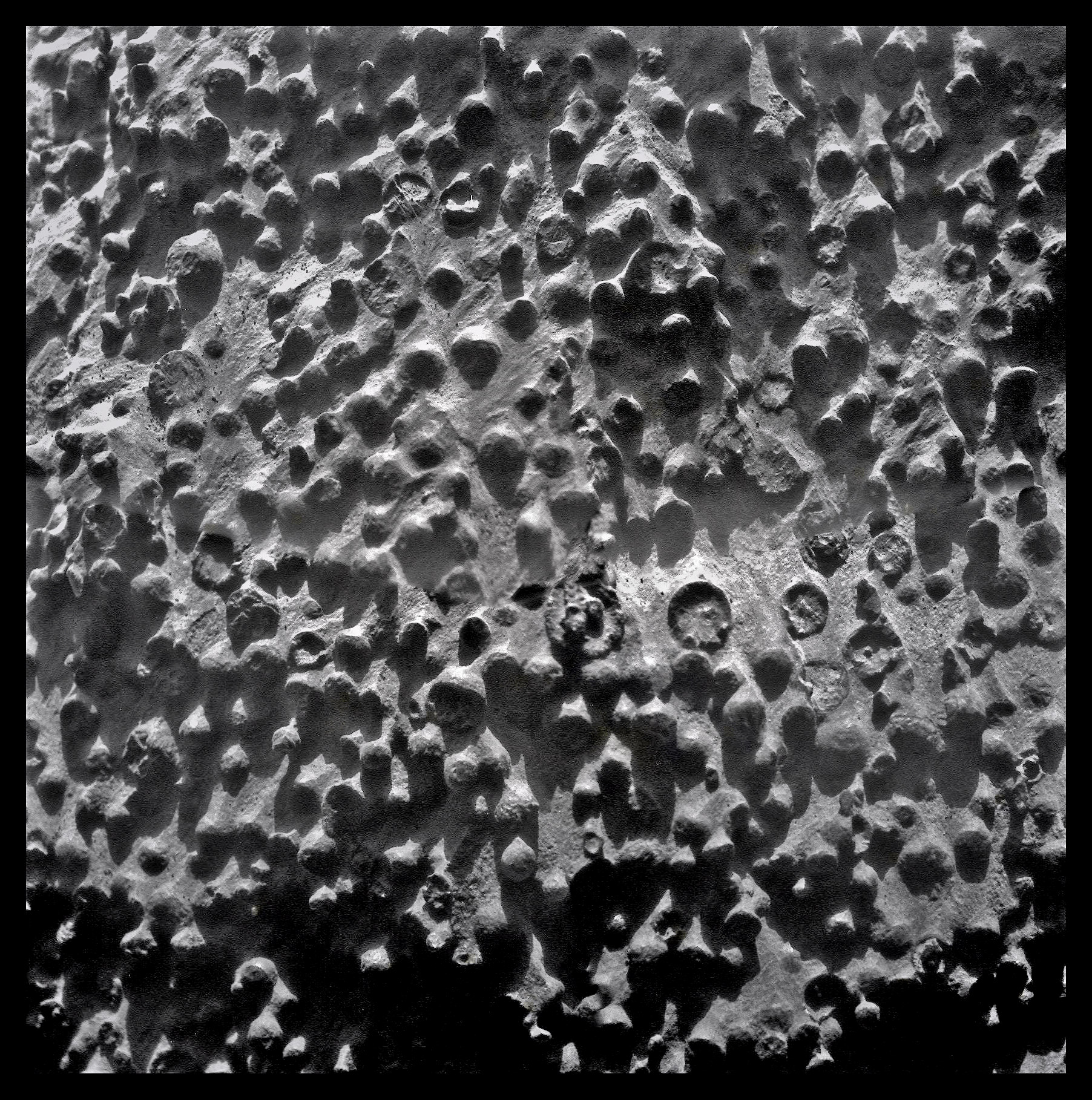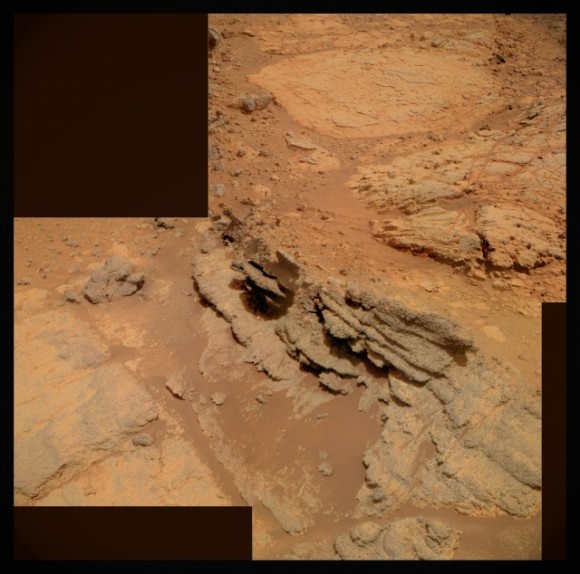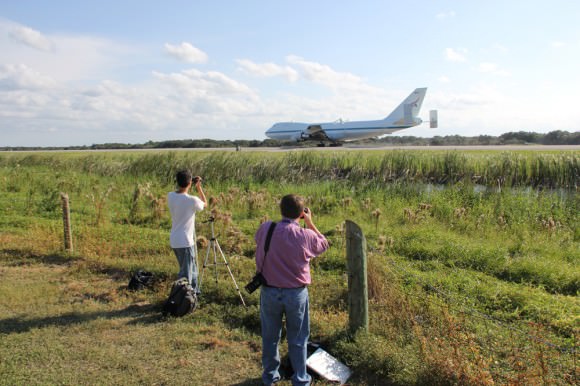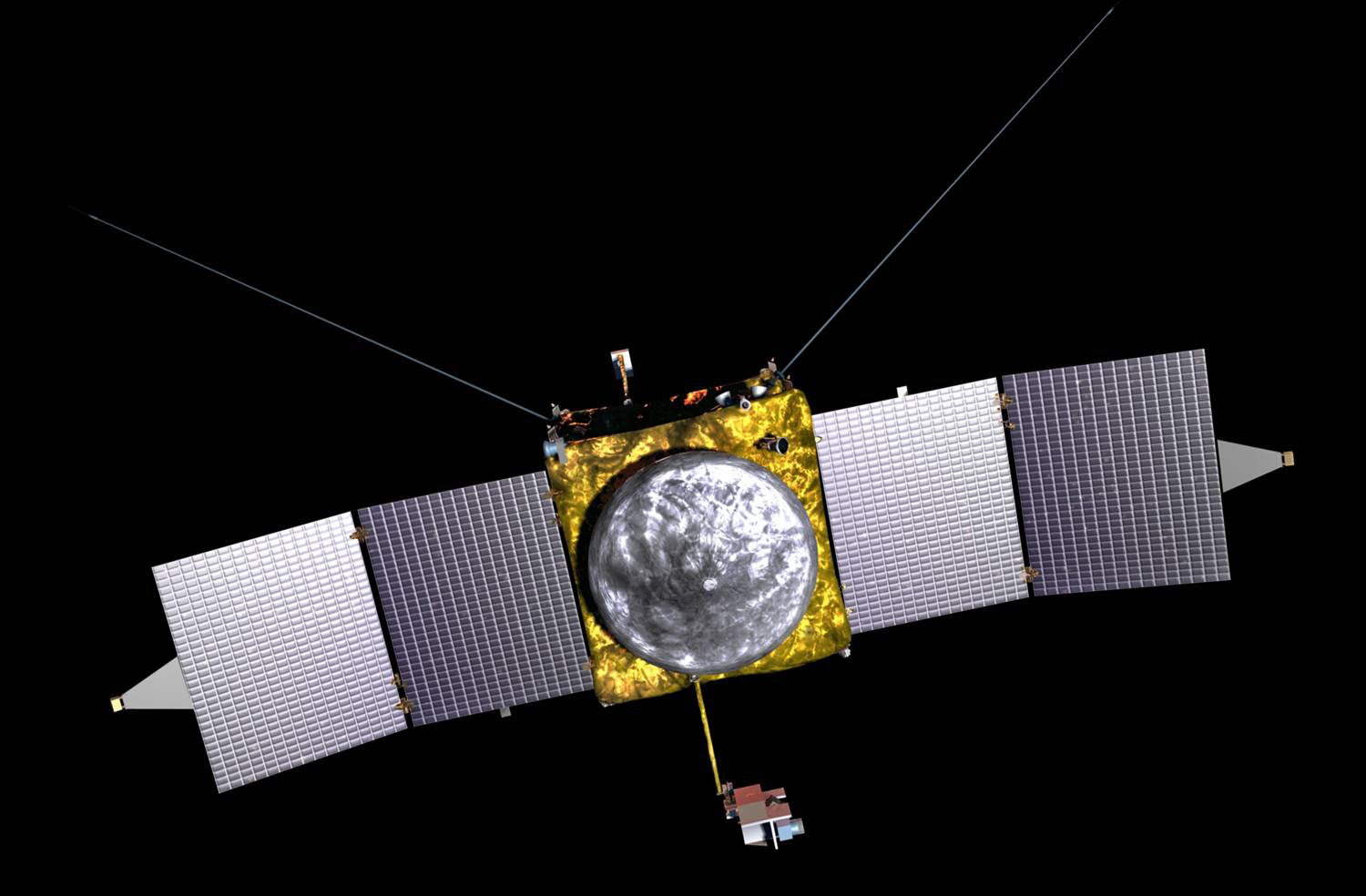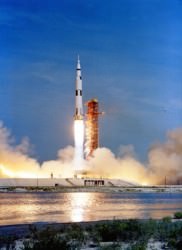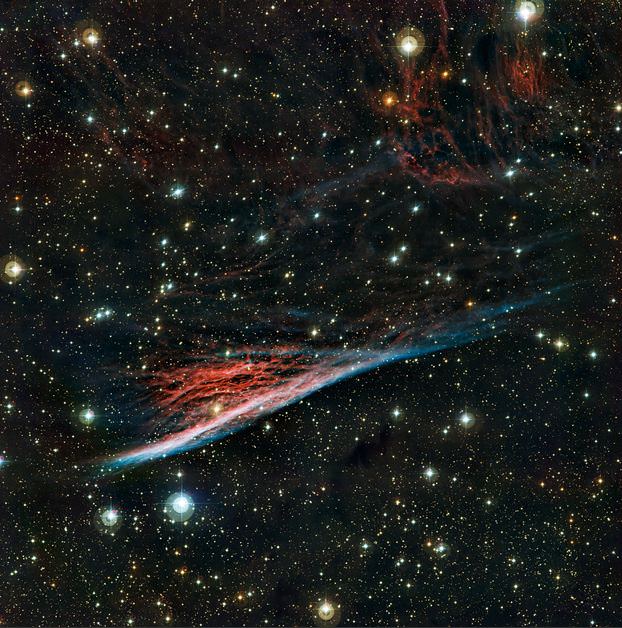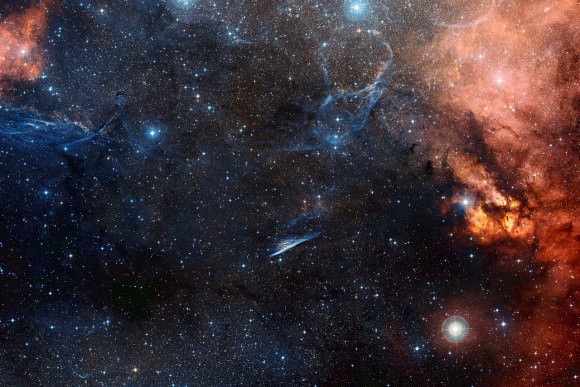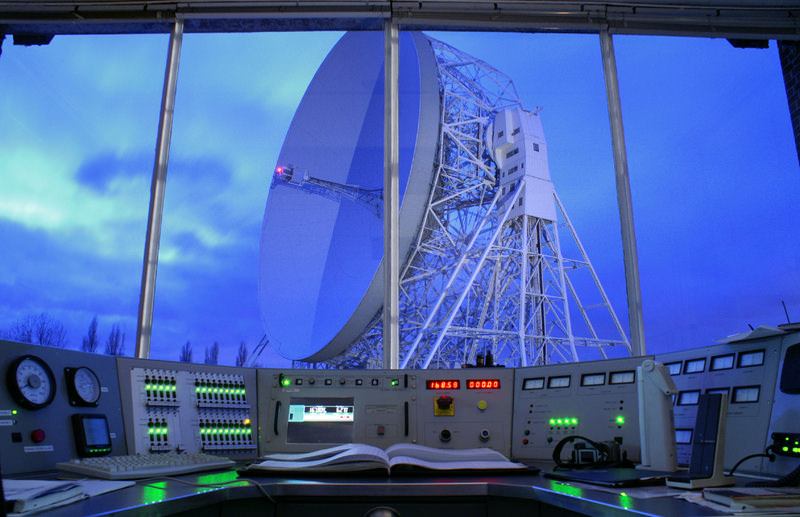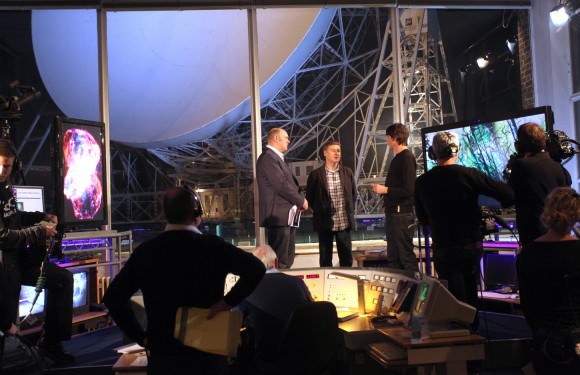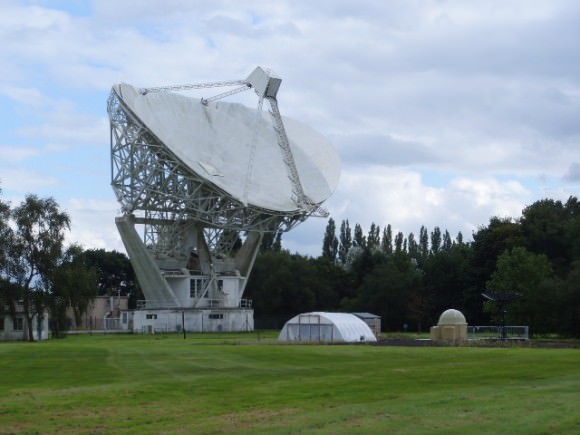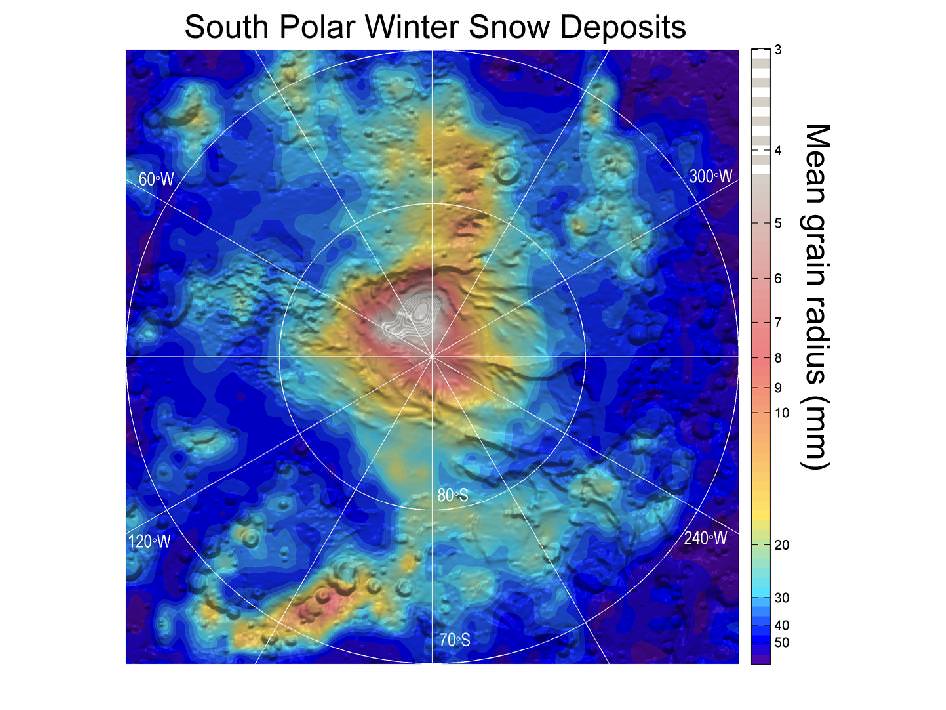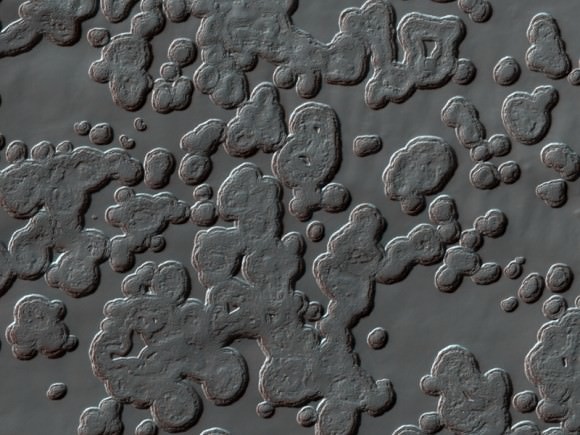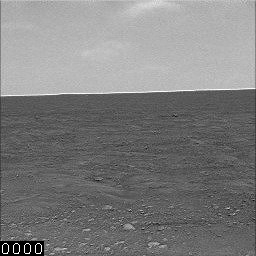A newly found asteroid will zip past Earth tonight (Sept. 13/14). But don’t worry; at a distance of 2.85 million km (1.7 million miles) Asteroid 2012 QG42 will safely pass by Earth. But that’s close enough for this space rock to be considered a Potentially Hazardous Asteroid (PHA) which means it may pose a threat in the future. This asteroid is between 190 to 430 meters (625 feet to 1,400 feet) wide and was first spotted by astronomers at the Catalina Sky Survey in Arizona on August 26. NASA’s Near Earth Object Office said they will use this opportunity to observe the asteroid with radar – which is a great way to find out about the physical properties and orbits of asteroids.
Closest approach is on September 14 at 05:08 UT (1:08 am EDT)
Amateur and professional astronomers have already been keeping tabs on this asteroid. Above is a timelapse from Peter Lake. And a couple of different live feeds from telescopes will be available to watch the action.
The Virtual Telescope Project run by astronomer Gianluca Masi in Italy is already providing a live video stream at http://www.virtualtelescope.eu/webtv/
Additionally, the Slooh Space Camera night sky observing website will provide a live view of asteroid 2012 QG42’s closest approach in a webcast starting at 7 p.m. EDT (2300 GMT) on Sept. 13, offering views from at least one of its telescopes at its observatory in the Canary Islands, off the west coast of Africa. You can watch the Slooh webcast by visiting their website here: http://www.slooh.com
A view of Asteroid 2012 QG42 from the Siding Spring-Faulkes Telescope South on 2012, September 4, 2012, through a 2.0-m f/10.0 Ritchey-Chretien + CCD, a stack of 4×10-second exposures, taken with the asteroid at magnitude ~15.2 and moving at 4.35″/min. Credit: Ernesto Guido, Nick Howes & Giovanni Sostero.
Asteroid 2012 QG42’s flyby comes a few months after another recently discovered space rock, asteroid 2012 LZ1, made its closest approach to Earth just days it was discovered.
“Near-Earth objects have been whizzing past us lately, undetected until they have been practically on top of us,” said Bob Berman, Slooh commentator and Astronomy Magazine writer. “This illustrates the need for continued and improved monitoring for our own future safety. It is not a question of if, but when such an object will hit us, and how large and fast it may be going.”
Slooh will be using at least three of its online robotic telescopes to provide live image feeds as the celestial intruder makes its closest approach to Earth throughout the night.
At a magnitude of only 13-14, about the same faintness as the demoted ex-planet Pluto, the asteroid is a challenging target for backyard telescopes. To observe this kind of object requires large telescopes, equipped with ultra-sensitive CCD cameras, carefully set-up to point and track such a fast moving object — Slooh’s Half Meter Telescope at its Canary Islands Observatory is perfect for the task, the Slooh team said.
“To observe them — as we will do live on Thursday evening,” said Berman, “provides instruction and perhaps motivation to keep up our guard, as well as a sense of relief as it speeds safely past at a mere one fifteenth the distance to the nearest planets.”
With the radar images that NASA plans to take, the “echo”measurements can produce two-dimensional images that can provide spatial resolution as fine as a decameter if the echoes are strong enough. With enough data, astronomers can construct detailed three-dimensional models, define the rotation state precisely, and constrain the object’s internal density distribution.
So look for more information on this asteroid after it passes by Earth.


